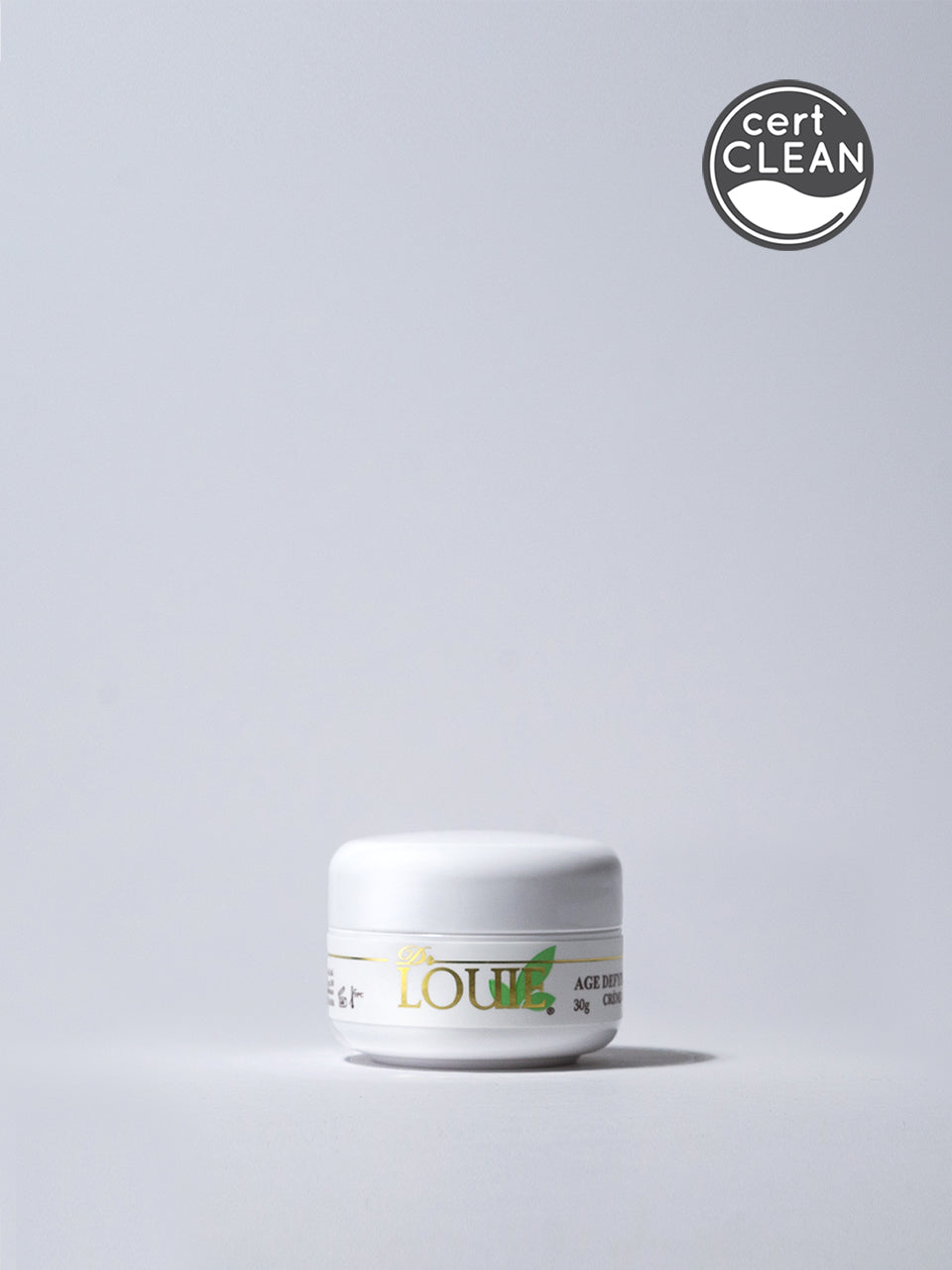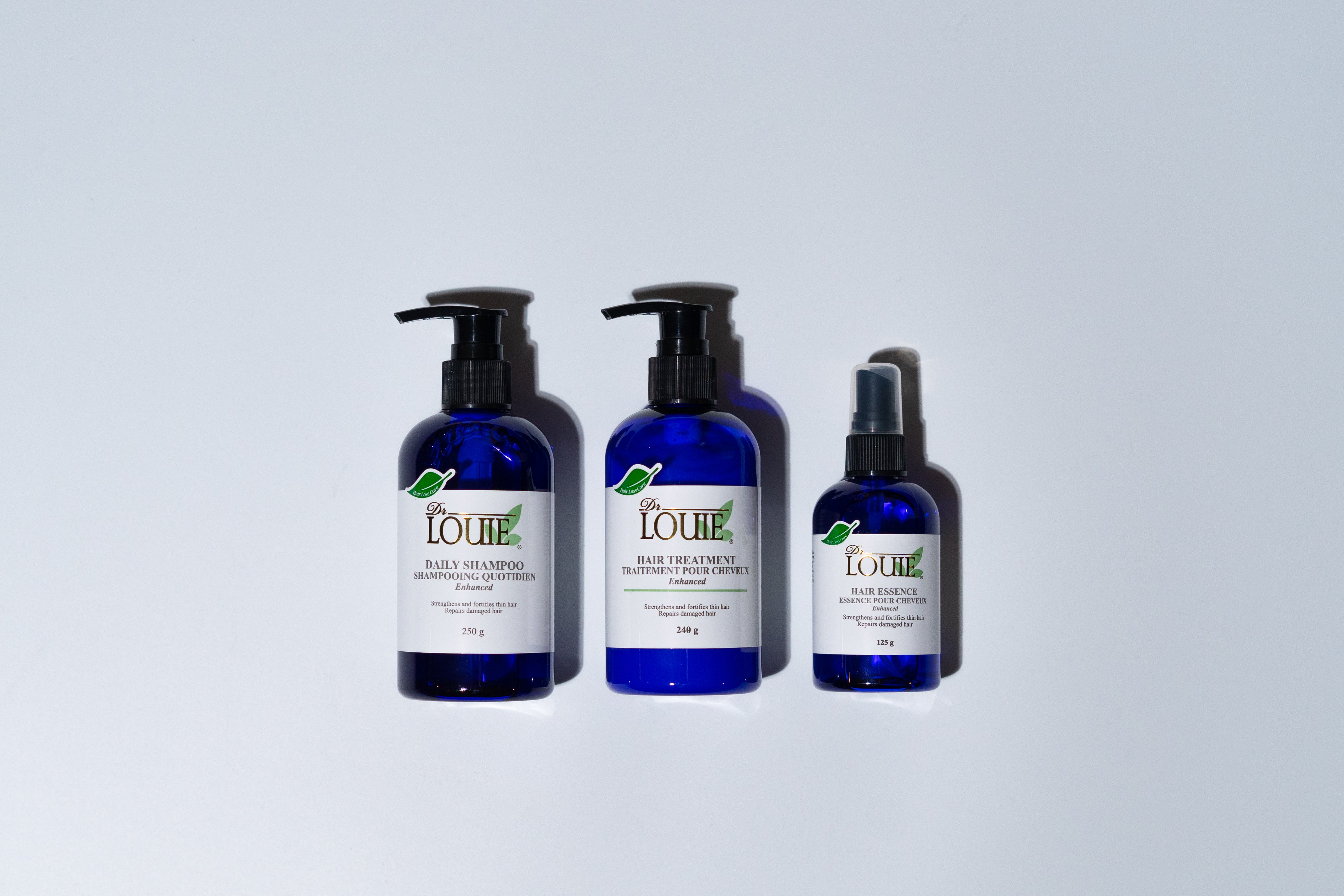
Love to mix and match skin care products? Keep these in mind.
As our skin concerns increase, we tend to layer on different products to work on different skin concerns. But as Dr. Louie, the founder of DrLOUIE skin care line mentioned, layering too many products is not good for your skin as you can suffocate it, not giving enough room for your skin to absorb all the nutrients, which could clog your pores and cause breakouts. But there is another reason as well. Unless all of the products you are using are from the same line that are formulated to avoid any ingredient combination issues, it is possible that you may be mixing ingredients that just do not go together for various reasons. These are a few of those combinations.
Anyone who’s looking to maintain a younger looking skin might have heard of AHAs. Alpha Hydroxy Acids (AHAs) are a group of natural acids, including glycolic acid, lactic acid, citric acid and etc. What they do is they remove the uppermost layer of the skin to reveal a more refined skin: They promote a natural cell turnover process. As such, AHAs are found in many anti-aging serums, creams and even in some cleansers. Retinol is yet another popular anti-aging ingredient, known to even out skin tone, reduce the look of wrinkles and tighten pores. Just like AHAs, retinol also works by turning over dead skin cells to reveal new skin underneath. Because both AHA and retinol are some form of an exfoliator, using them together would lead to overexfoliation and cause skin irritation. So you should be very careful when using one after another, especially if you have sensitive skin. If you don’t have sensitive skin and you still want to use both of these active ingredients, you can try the following: 1) Using AHAs in the morning and retinol at night and 2) using one ingredient one night and another ingredient the night after. But remember, using these two together is desensitizing even for those with non-sensitive skin.
Vitamin C tends to stay stable and gets absorbed into the skin well at low pH levels, preferably 3.0 - 3.3ish for maximum penetration. But how you prep your skin affects how well Vitamin C will work on your skin and how well it will be absorbed. That’s when cleansing with the right kind of cleanser comes into play. Soap-based cleansers tend to be alkaline, causing your skin to be alkaline as well, not slightly acidic as it should be. This will negatively impact the absorption of often very-pricey vitamin c products, which would reduce their benefits on our skin. As such, with a vitamin C product, using a pH-balanced cleanser, such as our Mild Face Cleanser, will enhance its absorption and ensure that it does its job well.
This is a tricky one. According to a new study, retinol can help stabilize unstable Vitamin C, especially ascorbic acid. So when used together, these two don’t cancel each other out but work together well. But the problem is with skin irritation. Retinol, as mentioned earlier, works by exfoliating the skin, revealing a softer and more vulnerable new skin layer - this is how retinol evens out skin tone and reduces the look of wrinkles! But used with Vitamin C, you may feel a tingling sensation and even redness in the face. Imagine you have a sensitive skin that’s been made even more sensitive by retinol. If you put vitamin C on top of it, it could cause skin irritation and redness. So using these two together is a definite no-no for sensitive skin. But if you still want to try using these two together, you can try using vitamin c products in the morning and retinol products at night since vitamin c works best when used with sunscreen.
Clay masks are becoming popular, especially during summer, because they are able to absorb excess sebum and pull out dirt from pores. Used alone, clay masks can work to detoxify our skin. Astringents, such as salicylic acid, that are used for oily skin are also used to remove excess oil, just like clay masks. So if you use clay masks followed by astringents, you may be removing too much oil from your skin, which could dry out the skin or, even worse, cause the skin to produce more sebum because it thinks you don’t have enough oil on your face.
These are just some of the ingredient combinations that should be avoided, especially if you have sensitive skin. As a rule of thumb, it is best not to overdo it when it comes to highly-active ingredients to avoid unnecessary skin irritation. I will come back with more “don’t match” series in future postings. So stay tuned!
If you have any questions or comments about the blog content or about DrLOUIE products, please contact Cassidy Kim.



